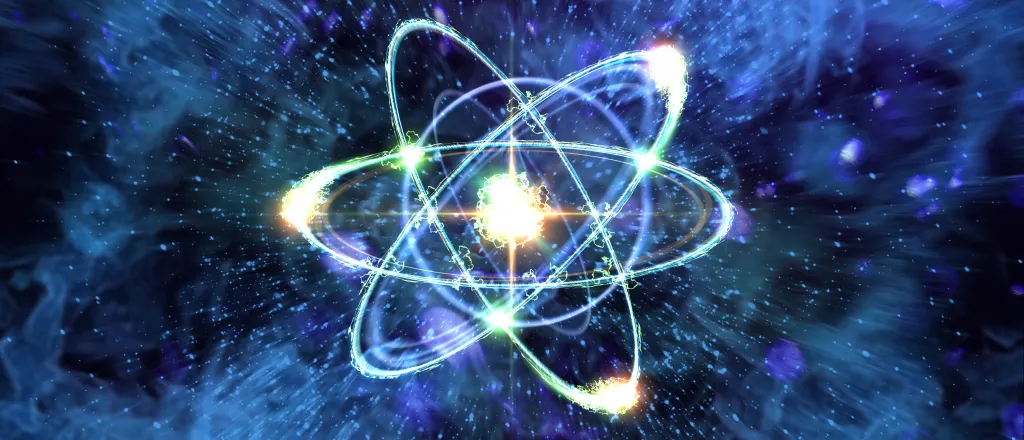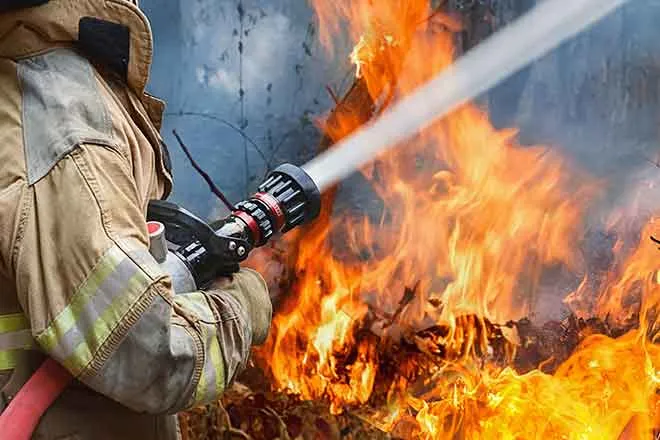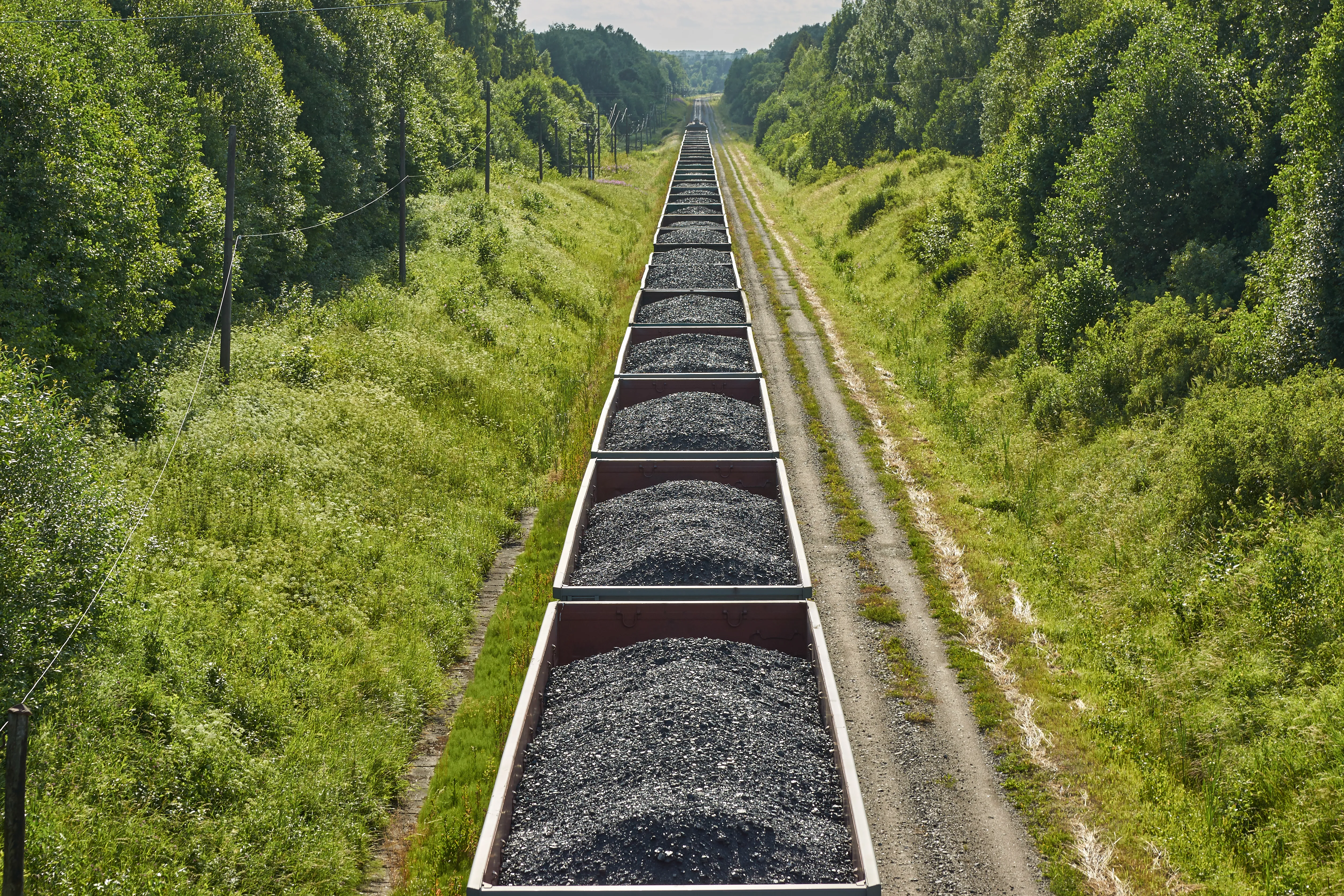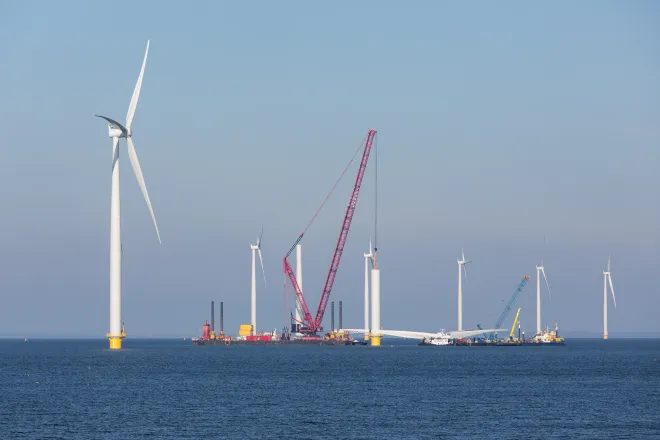
Scientist: plutonium contamination still present in New Mexico's Acid Canyon
Click play to listen to this article.
(New Mexico News Connection) A scientist who said he found extreme plutonium contamination in Los Alamos' Acid Canyon believes concerned residents should invest in monitoring equipment for greater peace of mind.
Over a 20-year period ending in 1963, liquid and often radioactive waste was dumped down the canyon.

Michael Ketterer, professor emeritus of chemistry and biochemistry, Northern Arizona University, presented findings to Nuclear Watch New Mexico about water, soil and plant samples he collected at the site 60 years later. He believes people living nearby should follow his lead.
"New Mexicans, you guys can do this too," Ketterer urged. "Your state needs a community instrument, not one run by the state or the locals or by DOE, one run by the community. You can do this too."
Ketterer pointed out the instrument would provide those downstream updated contamination readings. In 1967, the Atomic Energy Commission worked to clean up the area before releasing the land to Los Alamos County without any restrictions on uses. A County Councilor who attended the presentation said they have not received any notification from the federal government about Acid Canyon being unsafe.
The canyon now features a dirt trail shaded by pines, providing easy recreational opportunities. Ketterer noted the levels of plutonium contamination were the highest he's ever seen in an area without restricted access.
"You know this is happening in an area with full public access," Ketterer emphasized. "Anybody's child or dog can go down there, contact water, the sediments, the plants. What actions has EPA taken or should EPA take to stop this?"
Nuclear Watch New Mexico is pushing for increased cleanup of legacy waste from Los Alamos National Laboratory. The group also opposes new plutonium pit production proposed near the site and worries future wildfires in the area could possibly disperse plutonium through falling ash.

















